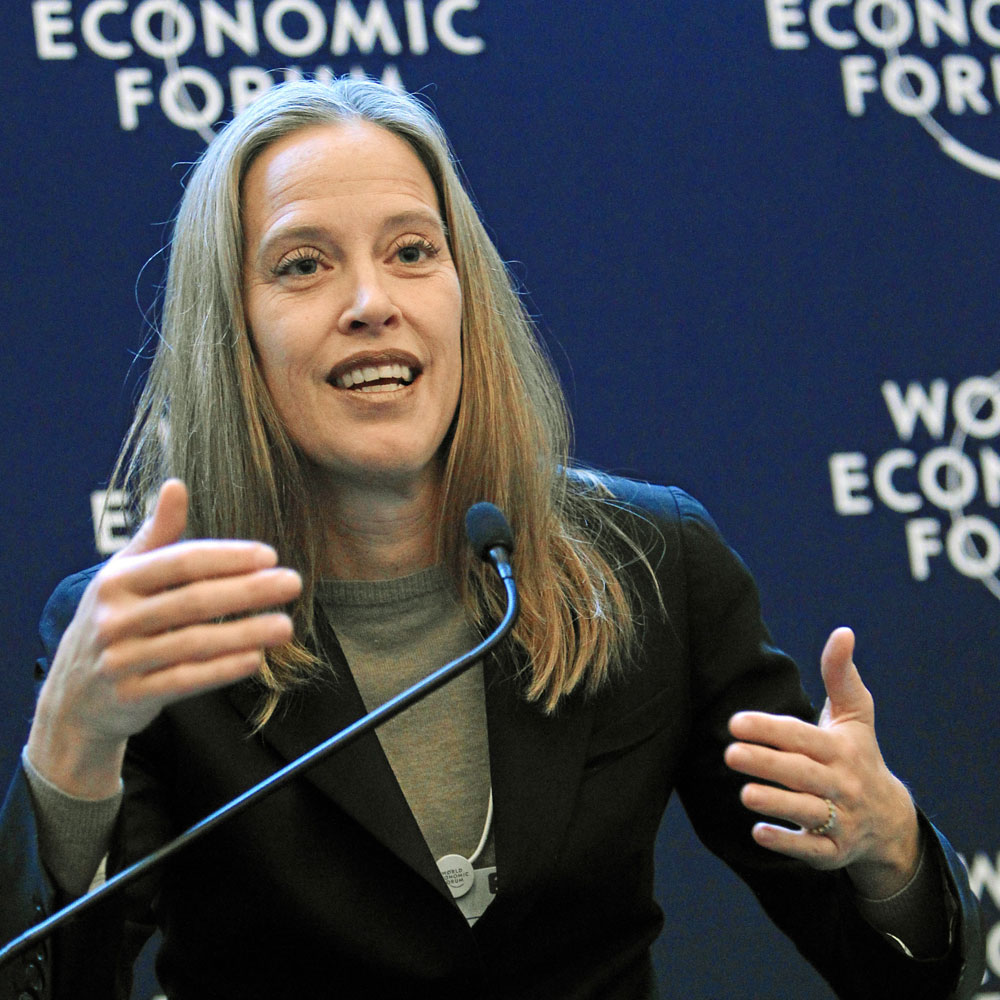
June 18, 2019; ProPublica
An article in ProPublica deepens the already incisive questions that exist around the organizational purposes of Teach for America (TFA). Author Annie Waldman notes that the ambitious organization has, perhaps by virtue of its alignment to large donors, created a space for itself that is less about supporting public schools and more about supporting and promoting the educational “solutions” their donors favor. Many even believe that those strategies could be acting to weaken the US public education system even as TFA grows apace.
Three decades in, TFA ranks 74th on Forbes’ list of largest domestic nonprofit organizations, and has become much more than the recruiter of a non-traditional corps of teachers. It plays a major role in supporting the market-based strategies of school reform.
While TFA continues to place recruits in schools serving at-risk students, ProPublica’s look at the organization found that “although only seven percent of [all] students go to charter schools, Teach For America sent almost 40 percent of its 6,736 teachers to them in 2018—up from 34 percent in 2015 and 13 percent in 2008. In some large cities, charter schools employ the majority of TFA teachers: 54 percent in Houston, 58 percent in San Antonio, and at least 70 percent in Los Angeles.” Jeffrey Henig, a professor at the Teachers College at Columbia University, told ProPublica, “There’s no question that Teach for America as it evolved became joined at the hip to a large degree with the national education reform movement.”
I suspect that some of this was coordinated in part with funders who are active in the Teach for America funding and the charter and reform activities. These billionaire school reformers and the foundations with which they are allied really have become much more sophisticated in the way they strategically use their funding.
TFA veterans accuse the organization of abandoning its original mission; they wonder if this comes from capitulation to demands of donors who saw an opportunity to steer TFA in a desired direction. Many large donors who support the growth of charters have become major funders and leaders of TFA, including “Greg Penner, Walmart’s board chairman and a Walton family member by marriage; Arthur Rock, a retired Silicon Valley entrepreneur; and Eli Broad, a Los Angeles philanthropist.” Each has taken a turn on the board of Teach for America, and “together, the three tycoons and their family foundations have doled out at least $200 million” to TFA.
In this environment, TFA and its alumni have become powerful forces for the reform agenda, which seeks to diminish the role of the traditional public schools they once sought to reenergize.
Sign up for our free newsletters
Subscribe to NPQ's newsletters to have our top stories delivered directly to your inbox.
By signing up, you agree to our privacy policy and terms of use, and to receive messages from NPQ and our partners.
According to TFA critic Diane Ravitch, “TFA has used its resources to help its alumni attain positions of power, as state and local superintendents and as state and local school board members, where they advocate for charter schools and TFA. In Colorado, a TFA alum Michael Johnston is running for US Senate and has received huge campaign contributions from allies of TFA and DFER (Democrats for Education Reform).” Marc Sternberg, a former corps member, now directs the Walton Family Foundation’s K-12 education funding efforts. He told ProPublica that the Foundation shares a mission with TFA—“expanding educational opportunity, and options, for children.” Richard Barth, a representative of the KIPP Foundation, which has generously funded charter expansion, recognized in a 2012 interview that TFA alumni have become key resources in growing the share of public education provided by charter schools. “The human pipeline—the pipeline of top talent—has really been accelerated through the success of Teach for America.”
TFA’s leadership downplays the impact of their donors and sees their mission as unchanged. Teach for America CEO Elisa Villanueva Beard told ProPublica:
We don’t have any one funder that is more than five percent of our overall budget. We are very focused on what are our objectives, what is our mission, what are our values and what are the needs of the community.
[…]
The organization does not have a national placement strategy and that where corps members teach is determined by the needs of regional partners. Every strategy question is answered locally. Our interest is just to make sure that we are working to ensure that we meet our partners’ needs, are serving the students who need us most and are able to advance the needle for opportunity for them.
TFA’s growth, and its ability to galvanize large amounts of sustainable financial support, cannot be denied. However, it’s up for debate whether its position in the reform movement is a function of a skilled and creative organization that has maintained its mission while adapting to changing conditions, or of the power of the organization’s largest donors to hijack and steer it—with some significant measure of organizational complicity.—Martin Levine













